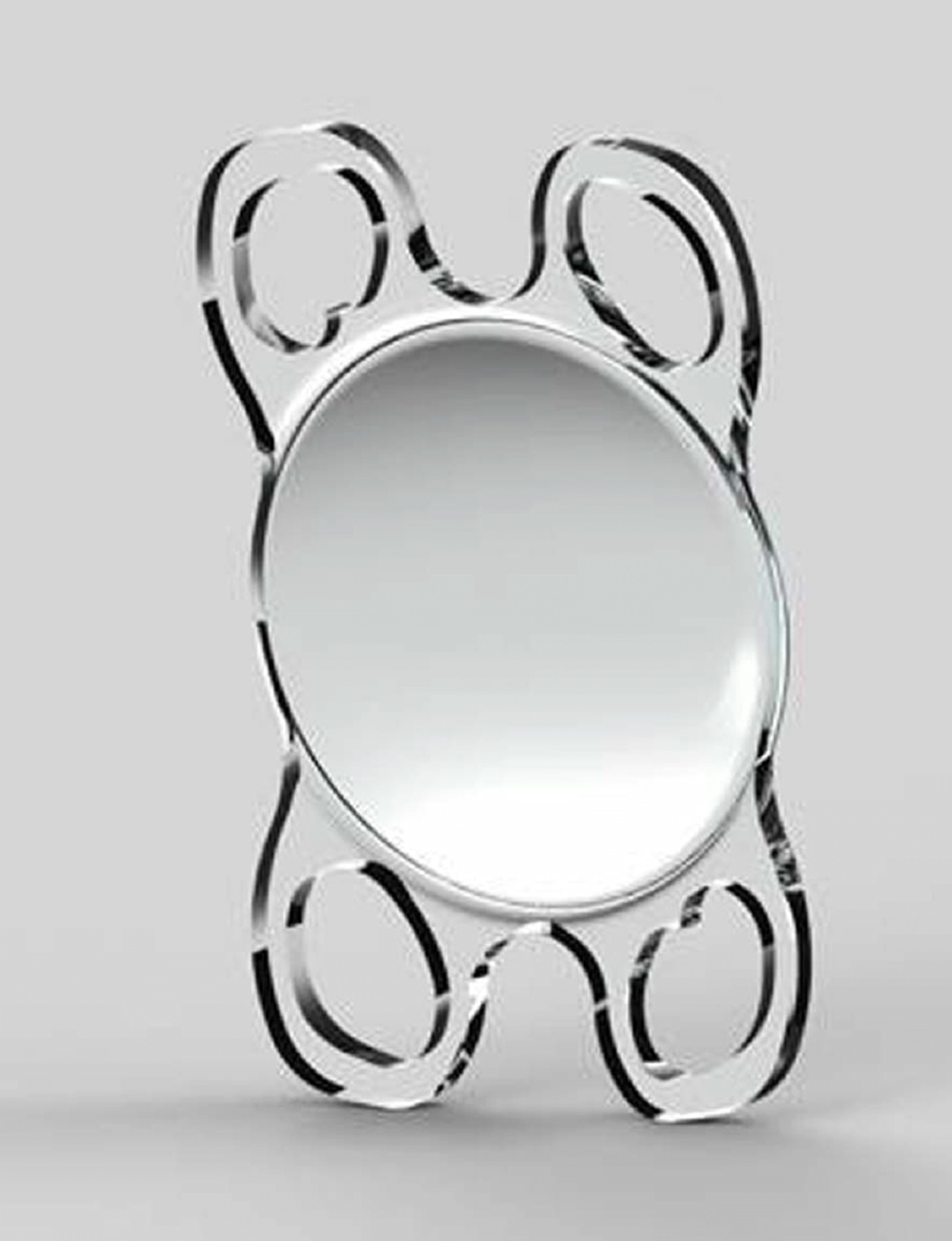1. Chung JK, Park SH, Lee WJ, Lee SJ. Bilateral cataract surgery: a controlled clinical trial. Jpn J Ophthalmol. 2009; 53:107–13.

2. Talbot EM, Perkins A. The benefit of second eye surgery. Eye (Lond). 1998; 12:(Pt 6). 983–9.
3. Lundström M, Brege KG, Florén I. . Impaired visual function after cataract surgery assessed using the Catquest questionnaire. J Cataract Refract Surg. 2000; 26:101–8.

4. Nassiri N, Nassiri N, Sadeghi Yarandi SH, Rahnavardi M. Immediate vs delayed sequential cataract surgery: a comparative study. Eye (Lond). 2009; 23:89–95.

5. Arshinoff SA, Bastianelli PA. Incidence of postoperative endoph-thalmitis after immediate sequential bilateral cataract surgery. J Cataract Refract Surg. 2011; 37:2105–14.

6. Serrano-Aguilar P, Ramallo-Fariña Y, Cabrera-Hernández JM. . Immediately sequential versus delayed sequential bilateral cata-ract surgery: safety and effectiveness. J Cataract Refract Surg. 2012; 38:1734–42.

7. Sarikkola AU, Uusitalo RJ, Hellstedt T. . Simultaneous bilateral versus sequential bilateral cataract surgery: Helsinki Simultaneous Bilateral Cataract Surgery Study Report 1. J Cataract Refract Surg. 2011; 37:992–1002.

8. Lundström M, Albrecht S, Nilsson M, Aström B. Benefit to pa-tients of bilateral same-day cataract extraction: randomized clin-ical study. J Cataract Refract Surg. 2006; 32:826–30.

9. Lansingh VC, Eckert KA, Strauss G. Benefits and risks of immedi-ately sequential bilateral cataract surgery: a literature review. Clin Experiment Ophthalmol. 2015; 43:666–72.

10. Arshinoff SA. Same-day cataract surgery should be the standard of care for patients with bilateral visually significant cataract. Surv Ophthalmol. 2012; 57:574–9.

11. Handerson BA, Schneider J. Same-day cataract surgery should not be the standard of care for patients with bilateral visually sig-nificant cataract. Surv Ophthalmol. 2012; 57:580–3.
12. Serrano-Aguilar P, Ramallo-Fariña Y, Cabrera-Hernández JM. Immediately sequential versus delayed sequential bilateral cataract surgery: safety and effectiveness. J Cataract Refract Surg. 2012; 38:1734–42.

13. Rosen ES. Immediate sequential bilateral cataract surgery. J Cataract Refract Surg. 2012; 38:1707–8.

14. Grzybowski A, Krzyż anowska-Berkowska P. Immediate sequen-tial bilateral cataract surgery: who might benefit from the proce-dure? J Cataract Refract Surg. 2013; 39:1119–20.
15. Smith GT, Liu CS. Is it time for a new attitude to “simultaneous” bilateral cataract surgery? Br J Ophthalmol. 2001; 85:1489–96.
16. Leivo T, Sarikkola AU, Uusitalo RJ. . Simultaneous bilateral cataract surgery: economic analysis; Helsinki Simultaneous Bilateral Cataract Surgery Study Report 2. J Cataract Refract Surg. 2011; 37:1003–8.

17. Neel ST. A cost-minimization analysis comparing immediate se-quential cataract surgery and delayed sequential cataract surgery from the payer, patient, and societal perspectives in the United States. JAMA Ophthalmol. 2014; 132:1282–8.

18. Buzard K, Liapis S. Prevention of endophthalmitis. J Cataract Refract Surg. 2004; 30:1953–9.

19. Wood M, Bowman R, Daya SM. Prophylactic cefuroxime and en-dophthalmitis in Tanzania, East Africa. J Cataract Refract Surg. 2008; 34:9–10.

20. Francis IC, Roufas A, Figueira EC. . Endophthalmitis follow-ing cataract surgery: the sucking corneal wound. J Cataract Refract Surg. 2009; 35:1643–5.

21. Barreau G, Mounier M, Marin B. . Intracameral cefuroxime in-jection at the end of cataract surgery to reduce the incidence of en-dophthalmitis: French study. J Cataract Refract Surg. 2012; 38:1370–5.

22. Endophthalmitis Study Group. European Society of Cataract & Refractive Surgeons Prophylaxis of postoperative endophthalmitis following cataract surgery: results of the ESCRS multicenter study and identification of risk factors. J Cataract Refract Surg. 2007; 33:978–88.
23. Lin M, Zhang W, Liu Y. . Nosocomial acute-onset post-operative endophthalmitis at a university teaching hospital in China. J Hosp Infect. 2011; 79:323–7.

24. Galvis V, Tello A, Sánchez MA, Camacho PA. Cohort study of in-tracameral moxifloxacin in postoperative endophthalmitis pro- phylaxis. Ophthalmol Eye Dis. 2014; 6:1–4.
25. Ozlem TY, Necati DM, Fatma YM. . Are cefuroxime and van-comycin really safe on the corneal endothelial cells? Graefes Arch Clin Exp Ophthalmol. 2010; 248:415–20.
26. Delyfer MN, Rougier MB, Leoni S. . Ocular toxicity after in-tracameral injection of very high doses of cefuroxime during cata-ract surgery. J Cataract Refract Surg. 2011; 37:271–8.

27. Lane SS, Osher RH, Masket S, Belani S. Evaluation of the safety of prophylactic intracameral moxifloxacin in cataract surgery. J Cataract Refract Surg. 2008; 34:1451–9.

28. Ekinci Koktekir B, Aslan BS. Safety of prophylactic intracameral moxifloxacin use in cataract surgery. J Ocul Pharmacol Ther. 2012; 28:278–82.





 PDF
PDF ePub
ePub Citation
Citation Print
Print


 XML Download
XML Download